(107) New Tips & Hints
In past NEoWave TRADING reports you have talked about market declines being faster than rallies or vice versa. Can you explain how you determine such things?
ANSWER:
It is a NEoWave axiom that markets always move the fastest in the direction of the psychological trend (which can be independent of the price trend). For example, if Gold rallies $100 in 100 days, then declines $50 in the next 100 days, the psychological trend is up.
Where NEoWave diverges from orthodox Elliott Wave, and most practitioners of technical analysis, is that this concept holds true EVEN IF the move in the direction of the trend is smaller. For example, if Gold rallies $100 in 100 days, and then is followed by a $150 decline over 200 days, NEoWave still assumes the psychological “trend” is UP because the $100 up move has a greater price/time ratio. Under NEoWave, the faster $100 move is “with the trend” (probably wave-A of a Flat in this case) even though it is smaller in price. The $150 move is slower, so usually “counter-trend” and will probably wave-B of a Flat in this situation.
When I study wave charts, what is MOST important and what I look for first is the largest, fastest move on the chart. That is where I then begin my analysis. From there I make the assumption that largest, fastest move is WITH the trend (which means it must be wave-1, 3, 5, A, C, E, G or I and cannot be wave-2, 4, B, D, F, H or X). By applying time and retracement rules to what is left, you can almost always begin your wave analysis from the right place with the correct labels. This is the reason I virtually never have alternate wave counts on my Forecasting services (unlike most orthodox Elliott Wave practitioners) and why my wave counts usually stay on track for such long periods.

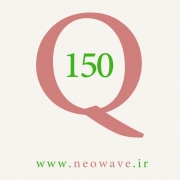
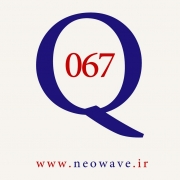
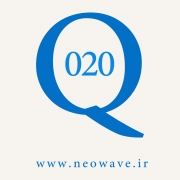
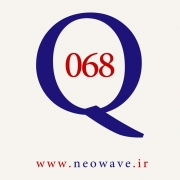
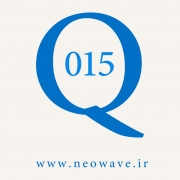
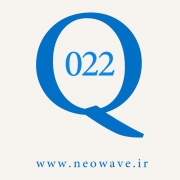
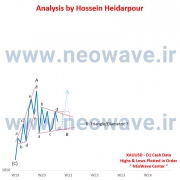 4 دی 99
4 دی 99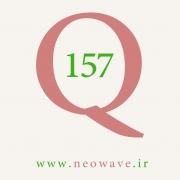


دیدگاه خود را ثبت کنید
تمایل دارید در گفتگوها شرکت کنید؟در گفتگو ها شرکت کنید.